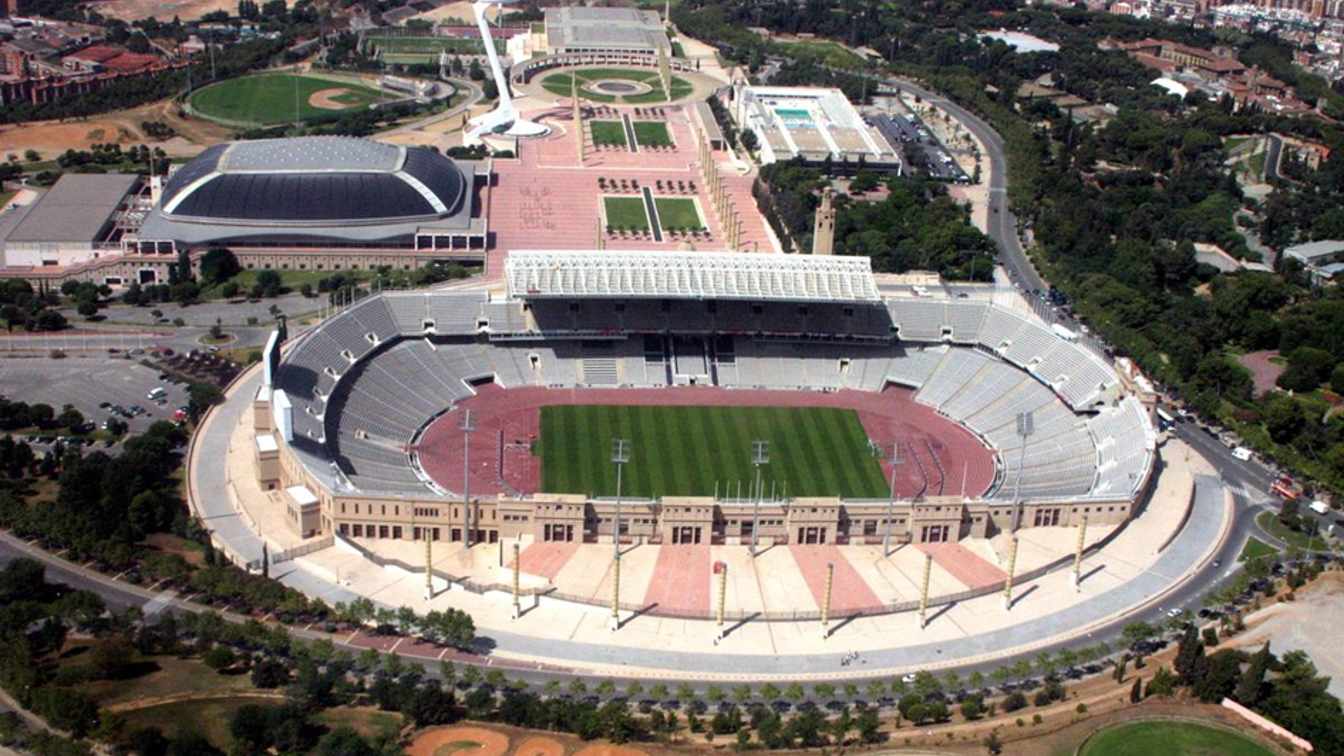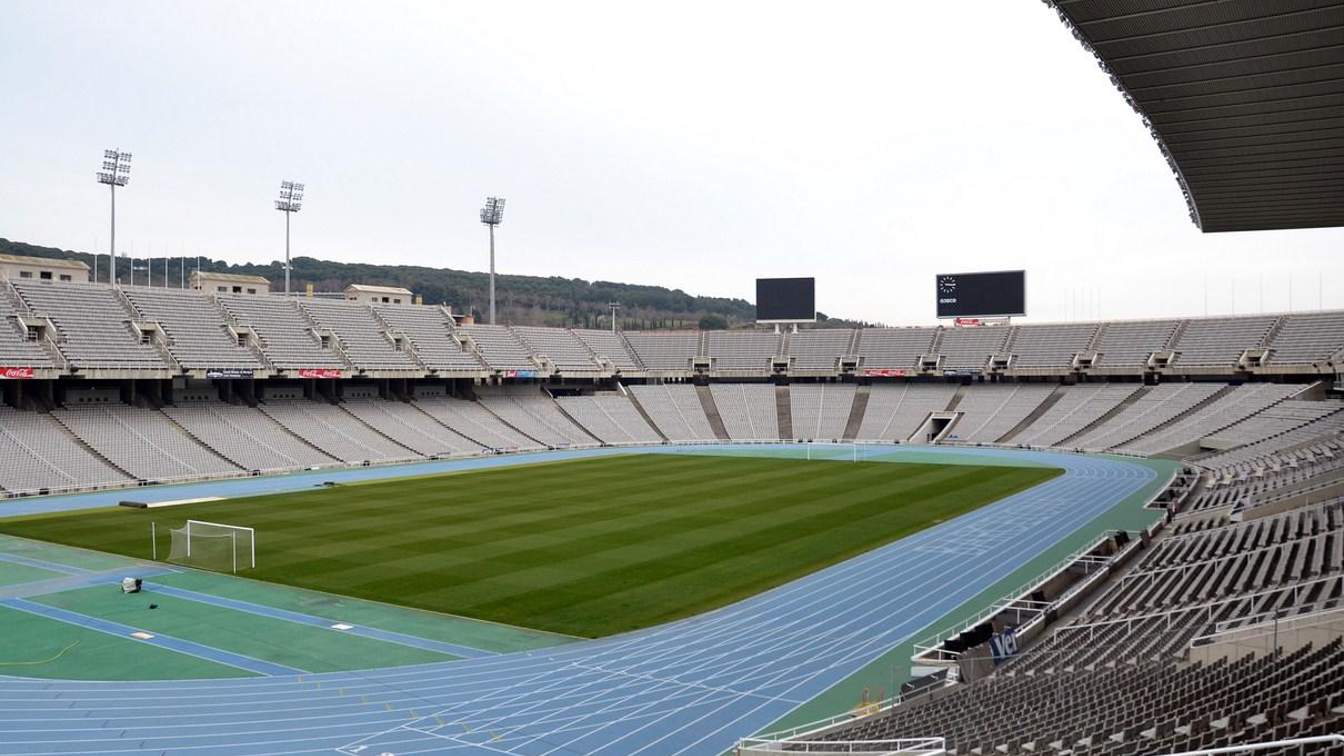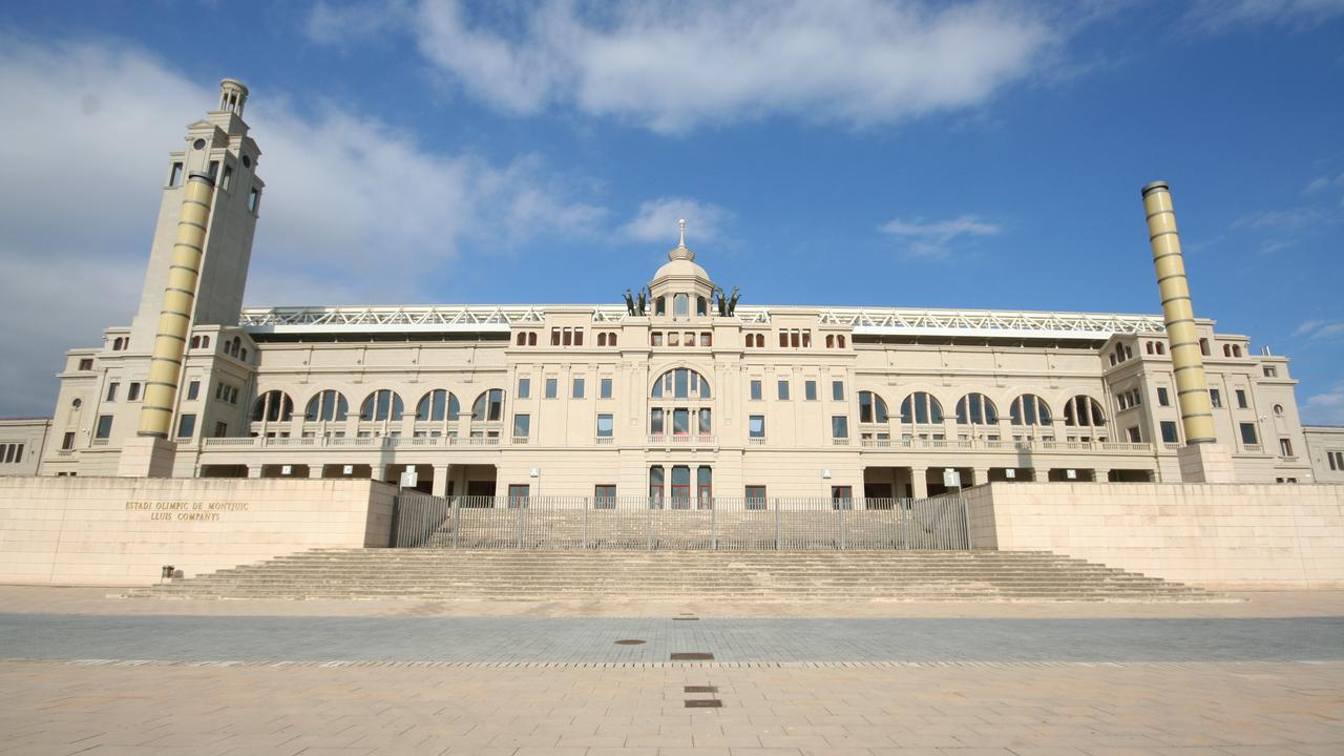Spain: Meet FC Barcelona’s home for the 2023/24 season!
source: StadiumDB.com; author: StadiumDB.com
 Since its construction in 1957, Camp Nou has been home to FC Barcelona. There have been many famous evenings in the 100,000-capacity stadium, but thanks to the plans to redevelop the venue by 2026, next season the Blaugrana will be playing their home games at Estadi Olímpic Lluís Companys.
Since its construction in 1957, Camp Nou has been home to FC Barcelona. There have been many famous evenings in the 100,000-capacity stadium, but thanks to the plans to redevelop the venue by 2026, next season the Blaugrana will be playing their home games at Estadi Olímpic Lluís Companys.
Advertisement
Instead of playing in their legendary home of the last 65 years, Barca will move out 6 km across the city to the 56,000-capacity Estadi Olímpic Lluís Companys for the whole 2023/24 season. Online bookmakers such as Unibet, who provide betting and free offers on European football, have made Barca one of the favorites to win La Liga this season - alongside archrivals Real Madrid - but one has to wonder how the move to an athletics stadium will affect their chances next campaign.
For this season, however, things will remain as usual. Camp Nou will still play host to Barcelona’s domestic and European fixtures. But what of their temporary home? Let’s take a look at the venue in a bit more detail.
 © Amadalvarez (cc: by)
© Amadalvarez (cc: by)
A historical venue
Montjuic Olympic Stadium, as it was called until 2001, is a facility with a rich history, perhaps one of the richest in the whole of Spain. The stadium was originally constructed way back in 1927 and was part of Barcelona’s unsuccessful bid to host the 1936 Olympics, which were eventually awarded to Berlin. Courtesy of a certain dictator in charge of Germany at the time, the games were almost moved to Barcelona; however, the outbreak of the Spanish Civil War curtailed those plans.
Catalonia finally got its Olympic Games in 1992 and the venue was renovated. The capacity of the venue was increased to its current 55,926 and was as impressive as ever. The stadium still remains the fifth largest in Spain, despite its infrequent use.
The Olympic Stadium in Barcelona has hosted nine different Copa Del Rey finals, with the most recent being in 2004, when Real Madrid’s Galacticos were stunned by a late Luciano Galletti winner for Real Zaragoza in extra time. As you can imagine, the Catalonians enjoyed that one, and Los Blancos were sent back off to the capital empty-handed.
 © Michał Koliba
© Michał Koliba
The stadium that city rivals Espanyol called home
Espanyol also called the stadium home for a number of years. Between 1997 and 2009, Barcelona’s city rivals played their home games in the Olympic Stadium, and the venue hosted many unforgettable fixtures. The stadium played host to two memorable runs in the Copa Del Rey, which saw Espanyol lift the famous trophy in both 2000 and 2006 - when a brace from Luis Garcia - not to be confused with the former Liverpool superstar - helped the club to a 4-1 victory in the final.
The following season saw more memorable moments, as the club reached the UEFA Cup final for the first time in their history. Uruguayan striker Walter Pandiani’s 11 goals led the club to famous victories over Benfica and Werder Bremen en route to the Hampden Park showpiece. However, that was one step too far, and just as they did to Middlesbrough the year before, Sevilla would run out the victors. They would win on penalties following a thrilling 2-2 draw in Glasgow.
 © Justin-Scott Salvador (cc: by-nc-nd)
© Justin-Scott Salvador (cc: by-nc-nd)
What can we expect of Barcelona’s solitary season across town?
The reason that Espanyol moved from the stadium at the end of the 2008/09 campaign was the lack of an atmosphere. It’s an issue that many stadiums built for athletics suffer from. Thanks to the running track around the pitch, fans feel a million miles away from the action, and it's hard to create any kind of football ambience. A similar comparison would be Juventus’ former home, Stadio Delle Alpi.
The stadium saw the old lady of Italian football at the peak of her powers, and it had a whopping capacity of 67,000. But despite that, Juve knew that they needed to move on to pastures new, and moved into their new home - Allianz Stadium - in 2011. Despite the stadium hosting 27,000 fewer fans than their former home, the atmosphere is still much improved.
That is something Barcelona will have to endure for a season until their new home is modernized. Whether that hinders their performances on the pitch, however, remains to be seen.
Advertisement
 StadiumDB
StadiumDB